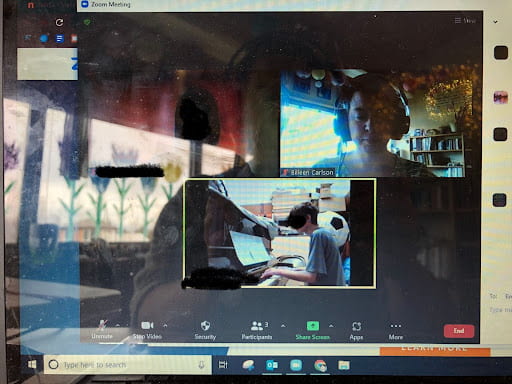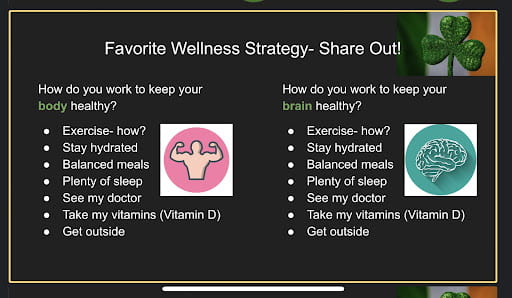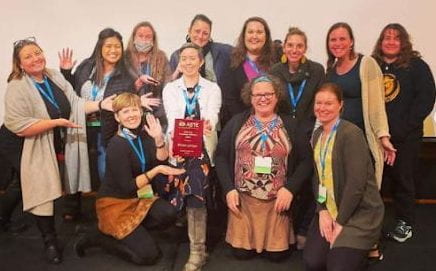In the Spring of 2020 my students stopped coming to school. The Kenai Peninsula extended Spring Break while my colleagues and I scrambled to figure out how we were going to reproduce the learning that had been going on in our classrooms for children that were now at home, often unsupervised.
I will admit, I was rather smug. I assumed that my technology-rich Nikolaevsk classroom trained my students for this. My class of 5th-12th grade social studies and language arts students were already prepared to do their learning online. They knew how to navigate Google Classroom and Canvas and PowerSchool. All of them could compose and post videos reflecting on the learning they had gained by engaging with online learning materials.
The first couple of weeks were okay. Kids engaged. They turned in interesting stuff. I had blown open the doors on “showing what you know” to include TikTok videos, Instagram stories, any kind of creative response demonstrating engagement with reading, research, and learning new skills. Plumbing, cooking, Marie Kondo-ing, art techniques, car repair, TikTok dancing…Whatever. My direction was ‘DO something and show me what you’ve done.’

I held office hours every Tuesday and Thursday. At first, most students attended, participated in discussions, asked for help from me and their peers. But participation started dropping off. Many of my students went totally dark.
I began to realize that my kids were disengaging because they were lonely. For some of them their attention shifted to Fortnite and other gaming avenues. For others, they just stopped participating. The social aspect of school, of congregating and interacting, is what kept many of the little darlings engaged in learning!
In my classroom I provide games, couches, snacks, and subtle emotional check-ins. I teach resiliency strategies and self-regulation by modeling and impromptu conversations. I joke and play with my students. Collaboration and class discussion is all very integrated and spontaneous. How does one recreate that in a brief and structured Zoom meeting?
After working through the ISTE Summer Learning Academy and reading every Edutopia article on online engagement strategies, I began to incorporate the following:
- Dedicate 20% of time to wellness strategies. Do funny meme check-ins. Teach your class about the Zones of Regulation and Sources of Strength.
- Encourage a culture of cameras. Teach students how to use filters and backgrounds to preserve their privacy.
- Build in time for collaboration via breakout rooms. Assign collaborative learning tasks on Wakelet, Keep, Padlet, or ask them to build a Google Doc to share their learning.
- Give assignments that require collaboration outside of class. My students have been working on a Google Site for their world history class this year.
- Allow students to ask and answer questions via the chat box. Incorporate “waterfall chat.” You’ll love how much more you get out of students.
- Build in time at the end of each class to share out highlights and appreciations.

Employing these strategies helped me build relationships with students despite never having met some of them in person. This increases attendance and performance. I hope it also increases their personal wellness and resiliency and that those skills follow them throughout their lives.

Billeen Carlson is a secondary (6-12 grade) generalist teacher at Nikolaevsk School. She is a Homer High School alumni [Class of 1994], and graduate of the University of Alaska Anchorage. She won the Alaska Society for Technology in Education Teacher of the Year Award in 2022.